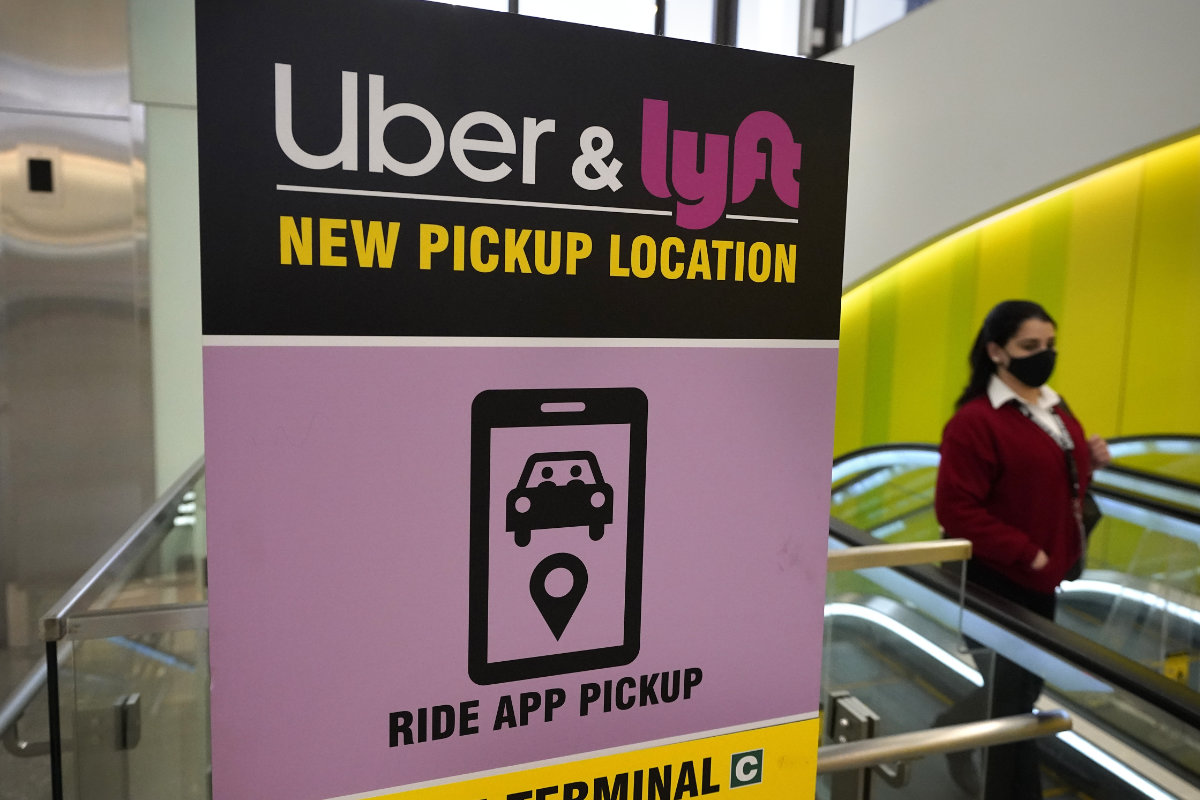WASHINGTON: A webpage seeking tips from the public to enforce Texas’s severe new abortion restrictions has been told to find a new company to host its site or go offline.
GoDaddy said in a statement Friday it had informed prolifewhistleblower.com on Thursday that it had violated the US web hosting company’s terms of service and had to move to a different provider.
The prolifewhistleblower.com website was set up by anti-abortion group Texas Right to Life to collect anonymous tips under the law barring terminations after six weeks of pregnancy — before many women know they are pregnant.
According to the law, anyone living in Texas can sue an abortion provider or anyone suspected of “aiding” an abortion to take place, with $10,000 rewards if they win in a civil case.
Calls to flood the website with bogus tips sprouted on social media, while by late Friday, an attempt to reach the tip portion of the site was blocked, with a message saying access was denied by a GoDaddy firewall.
Texas Right to Life communications director Kimberlyn Schwartz told AFP the website was in the process of transferring to a new service provider and expected to be back in action within 48 hours.
“We will not be silenced,” Schwartz said.
“We are not afraid of the mob. We will not back down.”
According to GoDaddy’s terms, users cannot collect information about people without their consent.
The website featured links for reporting “anyone who is... aiding or abetting a post-heartbeat abortion,” referring to the law’s banning of abortion once a fetal heartbeat can be detected.
“Report any person or entity that aids or abets (or that intends to aid or abet) an illegal abortion in Texas,” it adds.
The US Supreme Court formally refused Wednesday to block the law, the biggest hit to abortion rights in the United States in 50 years.
Texas Right to Life has called it a blow to “the unjust ruling of Roe v. Wade,” the landmark 1973 Supreme Court case that legally enshrined a woman’s right to an abortion.
Roe v. Wade guaranteed the right to an abortion in the United States so long as the fetus is not viable outside the womb, which is usually not until the 22nd to 24th week of pregnancy.
President Joe Biden on Friday called the Texas measure “vigilante” justice and said there may be existing legal avenues “to limit the independent actions of individuals in enforcing... a state law,” but did not elaborate.
Ride-hailing services Lyft and Uber sounded the alarm on Friday over possible repercussions of the law for their drivers, with Lyft saying in a blog post it “threatens to punish drivers for getting people where they need to go.”

A passer-by walks past a sign offering directions to an Uber and Lyft ride pickup location at Logan International Airport, in Boston. Ride-hailing companies Uber and Lyft say they will cover the legal fees of any driver who is sued under the new law prohibiting most abortions in Texas. (AP file)
Lyft announced the creation of a Driver Legal Defense Fund to cover 100 percent of legal fees for drivers sued under the new law for providing a ride on the platform.
“This law is incompatible with people’s basic rights to privacy, our community guidelines, the spirit of rideshare, and our values as a company,” Lyft said in the blog post.
“Imagine being a pregnant woman trying to get to a health care appointment and not knowing if your driver will cancel on you for fear of breaking a law.”
Uber chief executive Dara Khosroshahi praised Lyft’s move and said it prompted Uber to similarly cover any driver legal costs related to the new law.
“Drivers shouldn’t be put at risk for getting people where they want to go,” Khosroshahi tweeted in reply to Lyft chief executive Logan Green.
“Team Uber is in too and will cover legal fees in the same way. Thanks for the push.”
Lyft also said it is donating $1 million to Planned Parenthood for health care transportation needs.





























